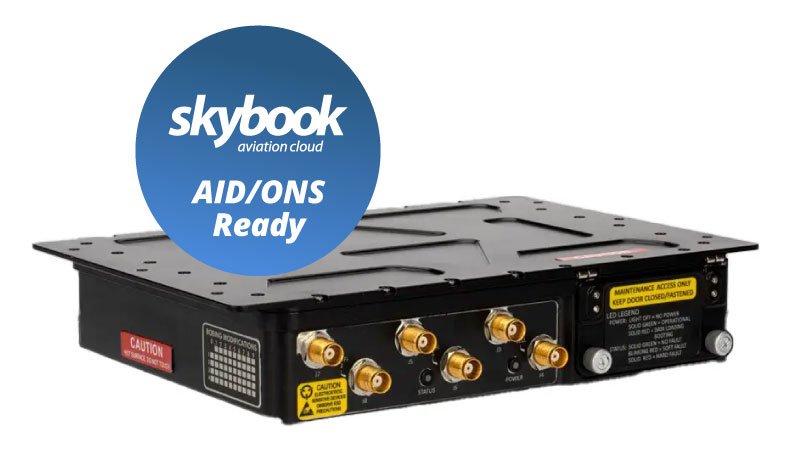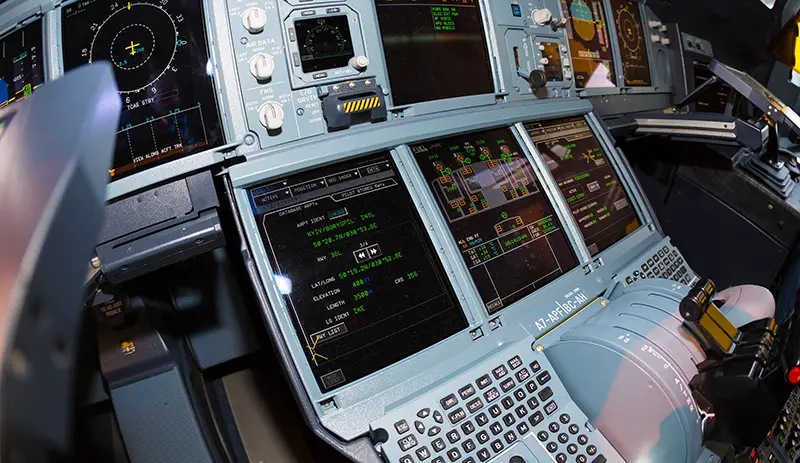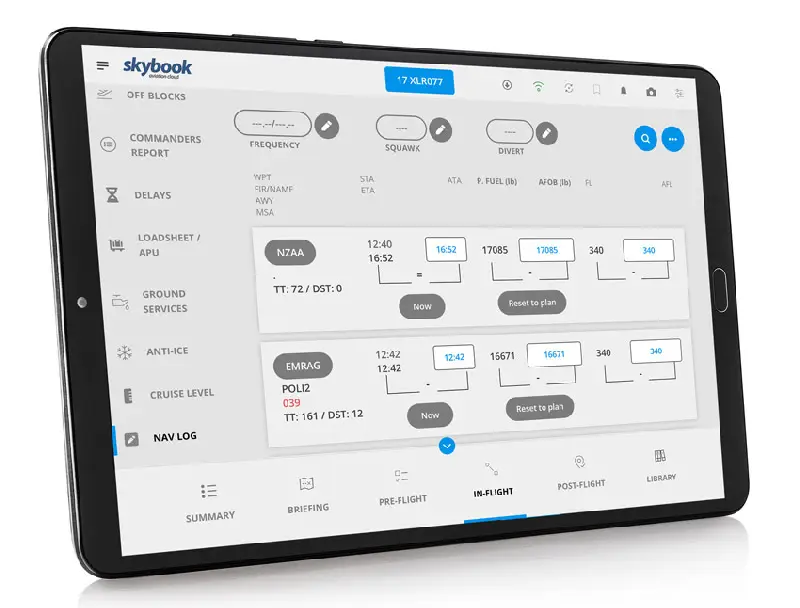Best practices for electronic flight bag data management
In today’s expanding digital aviation world, aircraft systems are evolving to simplify operations, boost flight safety, and lighten the workload for pilots.
One next step in this transformation is the Aircraft Interface Device (AID). This critical component bridges the gap between avionics systems and Electronic Flight Bags (EFBs).
Providing seamless access to flight data and significantly improving operational efficiency. In this article, we'll explore what an AID is, how it works, and why it's becoming a fundamental tool for pilots and flight operations.
An Aircraft Interface Device (AID) acts as a central hub that facilitates the secure transfer of real-time data between an aircraft’s avionics systems and the flight crews EFB tablet devices.
AID plays a crucial role in enabling pilots and crew to access essential flight information without interfering with the aircraft's primary systems.
By connecting to the aircraft’s avionics suite, the AID is able to securely transfer data to the EFB from the Flight Management System (FMS), weather radar, GPS, and navigation data. How Does an AID Work?
How Does an AID Work?
The Aircraft Interface Device sits at the heart of a network, collecting data and converting it into formats such as JSON and ARINC 429/717, that is easily readable and compatible with EFB applications.
This enables quick data processing, allowing pilots to access critical real-time flight data. Which improves overall situational awareness andin turn enhances the decision-making process.
The key data that can be shared between avionics systems and EFBs, through the use of an AID includes:
By integrating these data sources into a single, easy-to-use platform, AIDs can help pilots work more efficiently, reducing manual data entry.

Real-Time Data Transfer
One of the most significant advantages of an AID is its ability to transfer real-time data from the aircraft’s avionics to the EFB. Meaning pilots will rely less on static charts or manually inputting information, which can be prone to errors.
Improved Flight Safety
An AID can provide real-time updates on adverse weather conditions, allowing the crew to reroute the flight path if necessary. It also helps maintain compliance by automating the documentation of flight data, ensuring that airlines meet regulatory requirements.
Streamlined Pilot Workload
Traditionally, pilots have had to manually input certain flight data from various sources, a time-consuming process that can lead to human error and frustration. The AID reduces steps in this process, and integrates multiple data streams into a single EFB interface, allowing them to focus on the critical task of flying the aircraft.

Data Security and Reliability
AID systems are built with robust encryption and security protocols, ensuring that only authorized devices and systems can access the aircraft's data, providing an additional layer of protection for both the flight crew and passengers.
Operational Efficiency
Beyond the flight deck, Aircraft Interface Devices offer significant benefits to ground-based operations. By capturing and storing flight data, the AID can automatically transfer this information to dispatch teams, maintenance crews, and flight planners.
Meaning everyone has access to the most up-to-date information, which reduces chances of delays and improves operational efficiency.
For instance, flight dispatch teams will benefit from updates on fuel consumption and weather conditions, allowing them to make informed decisions about route adjustments or fuel allocations.
Cost Savings
Efficiency gained from AID data transfer and automation translates directly into cost savings for airlines. Optimising flight paths based on real-time data, airlines can reduce fuel consumption, which is one of the largest operating costs.
The reduction in pilot workload and streamlined flight operations means fewer delays and more on-time flights, improving the airline’s overall profitability.
Future advancements to an AID and EFB devices could include further integrations with technologies such as artificial intelligence and machine learning, which could further reduce pilot workload and enhance flight safety.
Moreover, with increasing focus on sustainability in aviation, AID may play a key role in contributing to a greener and more cost-efficient future for airlines by optimizing flight paths and reducing fuel consumption.
Aircraft Interface Devices (AIDs) are going to revolutionise the way pilots and airlines operate by providing seamless access to real-time flight data.
The skybook EFB is able to connect to Boeing AID and ONS hardware to collect data such as OOOI times, waypoint actuals, position data.
Why not learn more about our EFB and how that could integrate with your Aircraft Interface Devices to help automate certain data input for your operations.
Get access to our latest news & skybook updates